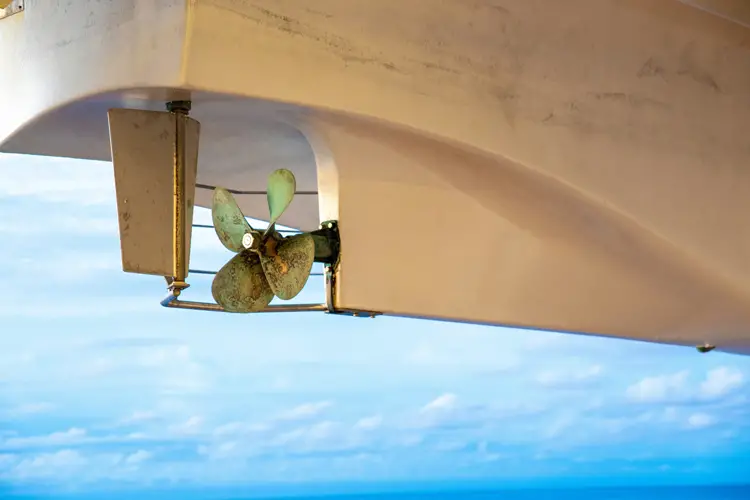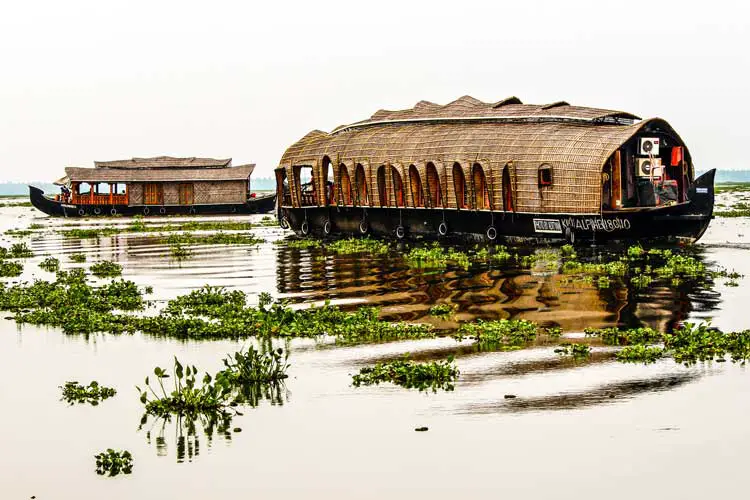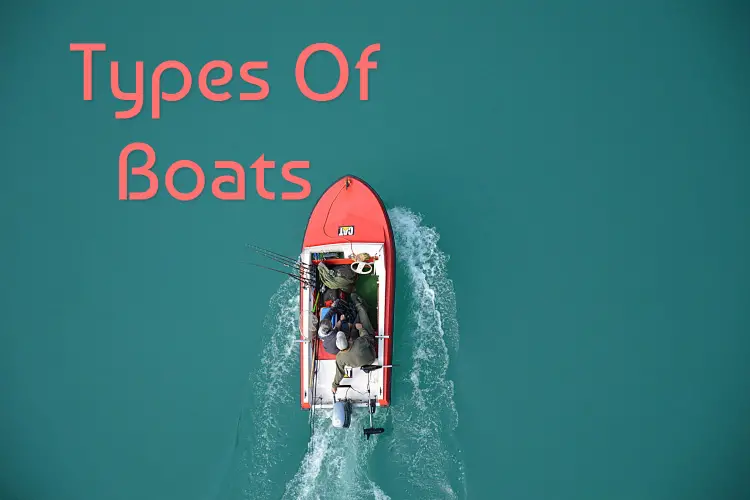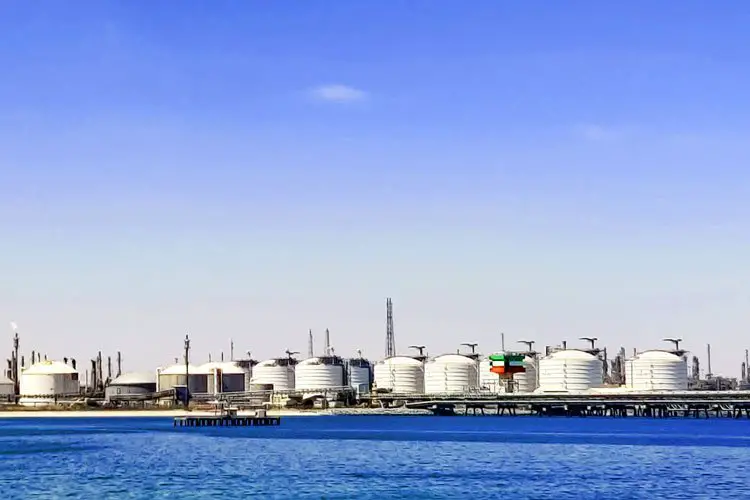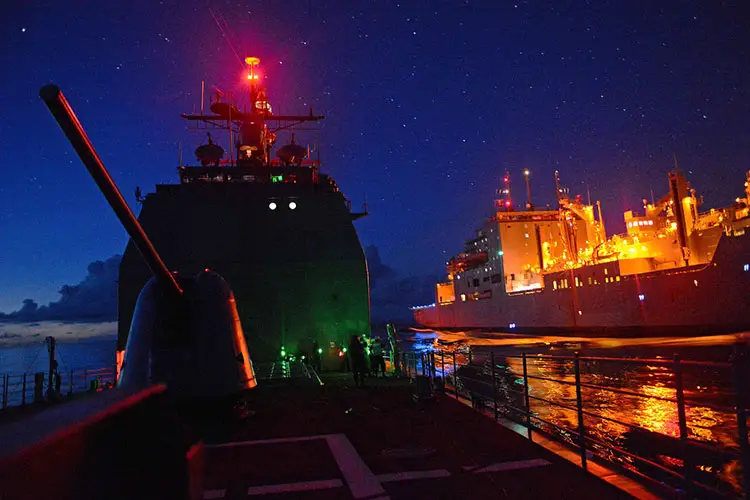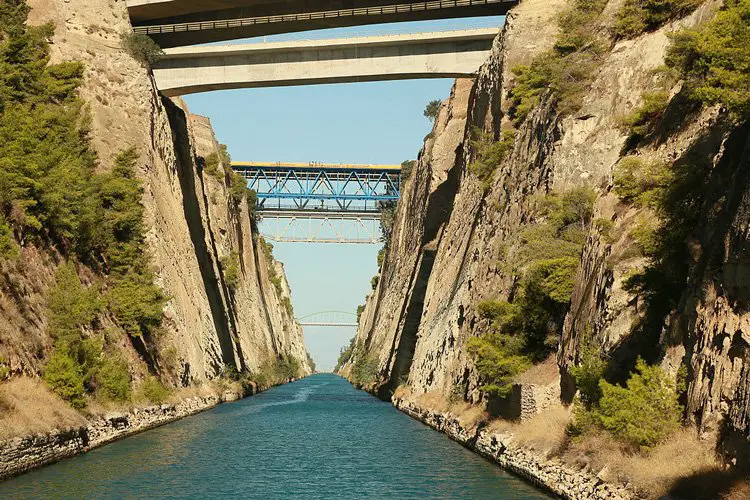What Is A Corvette Ship?
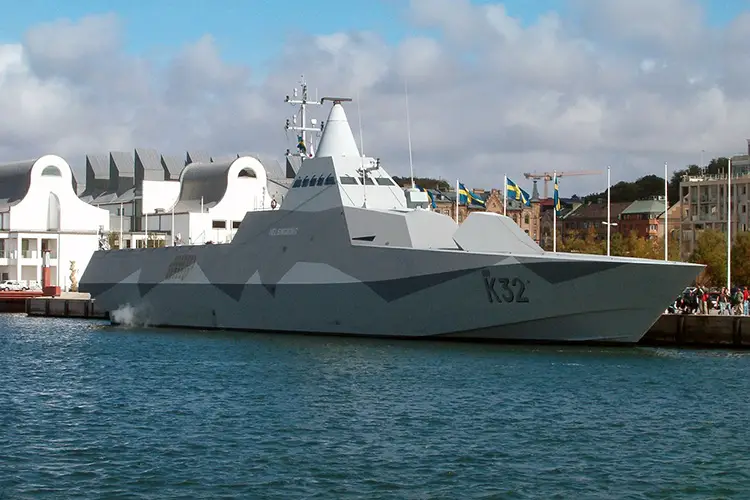
If you are a motorhead, then the name Corvette should mean the iconic vehicle in Chevrolet’s sports car lineup – a superfast car that has been a popular name on the race tracks. It is also commonly known as the Vette. But for marine enthusiasts, Corvette is the name given to the smallest class of vessels that qualify to be called a warship. It is interesting to note that the Corvette car has been named after this class of vessels by Myron Scott a former Chevrolet photographer.
What Is A Corvette Ship?
Corvette is a small and fast naval ship and ranked below a frigate in size. The most notable characteristic of a Corvette warship is the size. These are the smallest ships that can be rated as a warship. Corvettes happen to be an integral part of naval forces across the globe and have been so for many years at a stretch.
What are Corvette ships used for?
During the war, it serves mostly as a makeshift combat vessel when larger ones are incoming. At other times corvette warships are simply used as support vessels to the larger naval combat ships.
Apart from these tasks they also come in handy in coastal patrolling, participating in minor wars, and partaking in show-the-flag missions. Featuring a single gun deck, the sloop-of-war was a Royal Navy warship that dated back to the 18th and 19th centuries. Vessels that are ranked below the Corvette are the fast attack crafts and coastal patrol crafts.
Technical Specifications of Corvettes
A Corvette ship bears some similarities with the frigates, especially in the square rigging portion. During the 17th and 18th centuries, the Corvettes were at the apex of their popularity. Back in those days, they were known as war sloops. The sloop vessels were considerably smaller than their later installments.
Merchant ships carrying extremely valuable cargo were prone to naval attacks by pirates. This could lead to some serious financial damage if not taken care of. Thus, the corvette warships were employed to escort these huge vehicles.
Their usage also lies in being dispatchers among bigger warships. Companies across the world have found the corvettes to be very helpful.
Corvettes stretch from 12 to 18 m in length and weighed around 40 to 70 tons. The modern ones are heavier and larger than their own counterparts ranging from 50 to 100 meters in length and over 2000 tonnes in gross tonnage.
The 20th and early 21st century designs of these warships aimed at smaller form factors and better maneuverability. The newer ones are even bigger at 130 meters in length and 3,000 long tons in displacement.
Corvettes feature a single deck of guns with approximately 20 of them on the top deck. The previous versions of this vehicle had a smaller number of guns, just eight of them. They are fitted with anti-submarine weapons to thwart their attacks.
They also happen to have the capacity to hold a small or medium-sized helicopter.
Related article: A Guide To Ship Prefixes For Naval And Merchant Vessels
History of Corvettes
The corvette ships started being used by the English Navy in their fleet around the 1830s. However, the Royal Navy had been using small warships from as early as the 1650s. They were called sloops. Reference to the corvette warship was first made during the 1670s with the French Navy.
While being in the French Navy the corvette evolved with time and by the 1780s became equipped with 20 guns. It became as good and respectable as the Royal Navy’s post ships. These were used during the Napoleonic Wars and were rated ships.
During the mid-19th century with the shift towards steam-powered machines, the importance of Corvette ships declined. Their usage got limited to being support by gunboats during colonial missions.
It is important to know the role of Corvettes in the Second World War, which happened to be a milestone in maritime history. These were specially built to conform to the necessities of the Allied Powers in order to fight and defend against the German warships.
However, let us not make the mistake of thinking that these corvettes were anywhere close to being able to withstand the German torpedoes. But the root of the contemporary Corvette vessels lay in these ships.
William Reed, a naval designer was the primary contributor to the development of the corvette ships of the Second World War. He designed corvettes that spanned over 62 meters in length and had a speed of about 16 knots.
They were made in a way that they could remain impervious to harsh and inclement weather conditions for the most part. However, their main use was restricted to patrol and convoy escort vessels.
Originally the Flower-class corvettes were designed for offshore patrol work simply because they were not adequately built for taking part in warfare. It was not a good choice to use to them in open oceanic works and they were not suitable to be used as an anti-aircraft defense either.
Thus, they were mostly used by the Royal Navy to protect the convoys in the Battle of Atlantic and the vessels that were shipping supplies to the Soviet Union. The Castle-class corvettes came during the latter part of the war with improved designs and feature to better suit the needs of the Royal Navy.
The Australian minesweepers or minesweeper sloops as the Royal Navy preferred to term them were built by the Royal Australian Navy. They had constructed 60 of these Bathurst-class corvettes of which 20 were for the Royal Navy and 4 were for the Indian Navy. The Bird-class minesweepers or trawlers were used by the Royal New Zealand Navy.
Current Role of A Corvette Ship
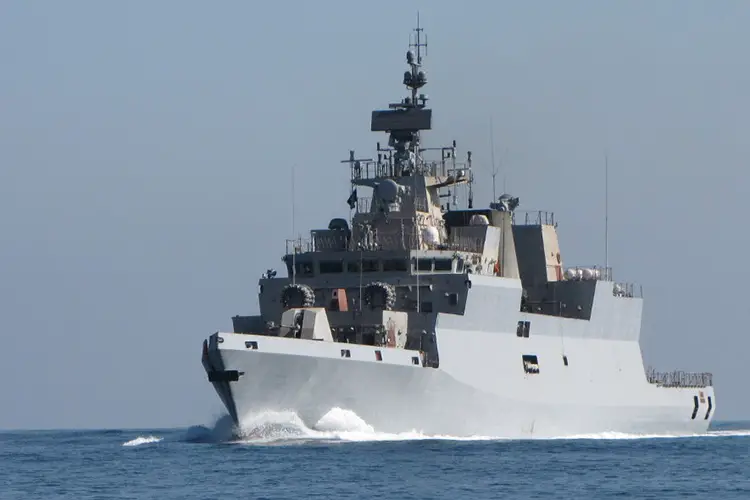
Corvettes were never really built for prolonged operations. But technological advancements in the maritime industry have made it possible for these vessels to remain active for longer periods of time. The design and features have evolved and transformed it into something more versatile in terms of its usability.
The developments have been slow and steady. Many countries have been cumulatively contributing to the solidification of the structural form of the corvettes. This has resulted in its wider implementations.
At the present time, Russia operates the maximum number of corvettes. Other countries like China, Germany, Turkey, Italy, Israel, Pakistan, and India have a decent number of these vessels at their disposal. There are many small countries spanning across the globe whose main combat ships happen to be corvettes.
During the 1960s, the João Coutinho-class corvettes were built by the Portuguese. They were meant to be used as small frigates that could be used for several purposes and served as inspiration for Corvette projects like Spain’s Descubierta, France’s A69, and German’s MEKO 140.
The Swedish Navy introduced their Visby class corvette that used the same stealth technology as that of the Skjold class corvette that the Norwegian Navy designed.
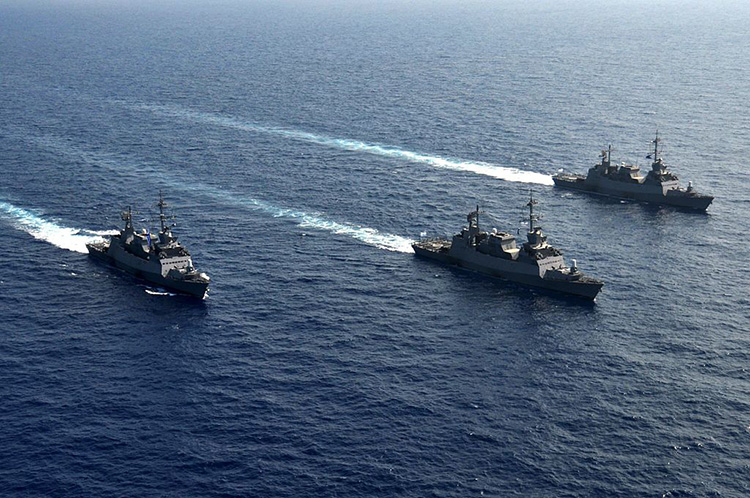
The navies of several countries use corvettes as well. At present the Indian Navy uses the Kamorta class corvettes while the Israeli Navy uses three Sa’ar 5-class ones. Simultaneously, the Turkish Navy Turkey is developing the MİLGEM-class corvettes.
The US Navy is one of the most well-funded Navies in the world and hence, never felt the need to develop these smaller warships known as Corvettes. It had frigates which are larger than a Corvette. Corvettes are generally used by navies with a smaller budget.
Another reason for not having Corvettes is that the US Navy is a blue water navy that needs to project its night across oceans. A corvette won’t serve this purpose.
Though, corvettes are used by the US coastguards extensively for patrolling the US coastline and are known as Coast Guard Cutters.

